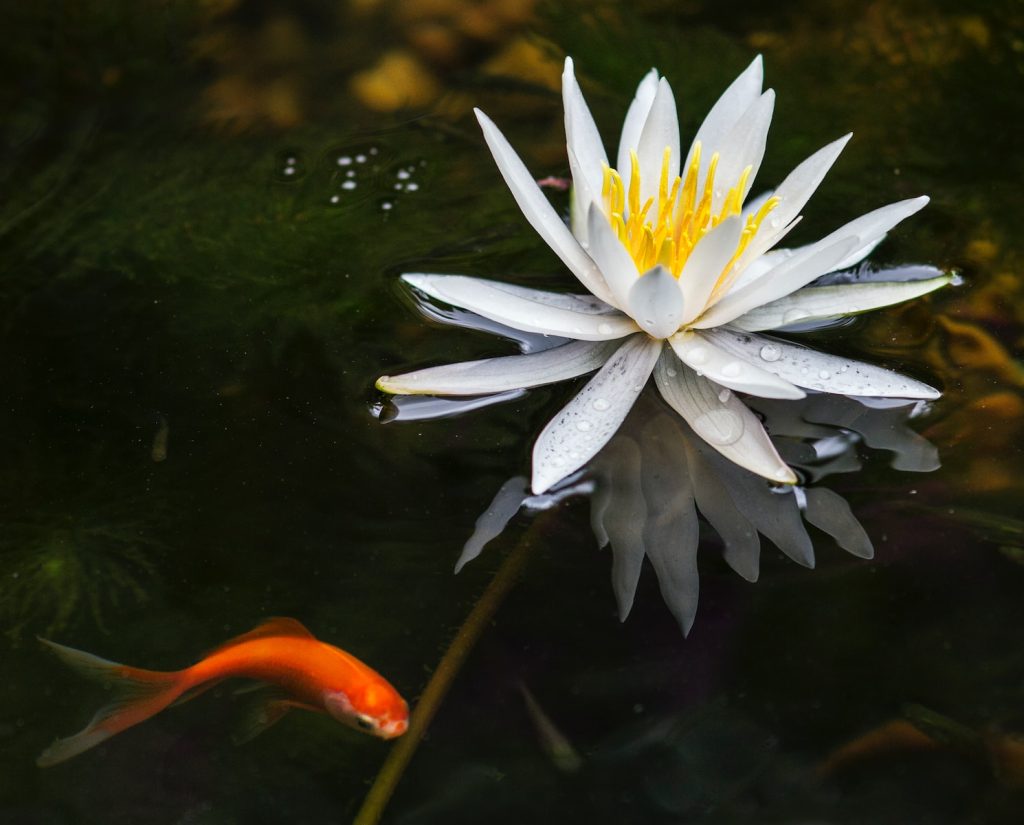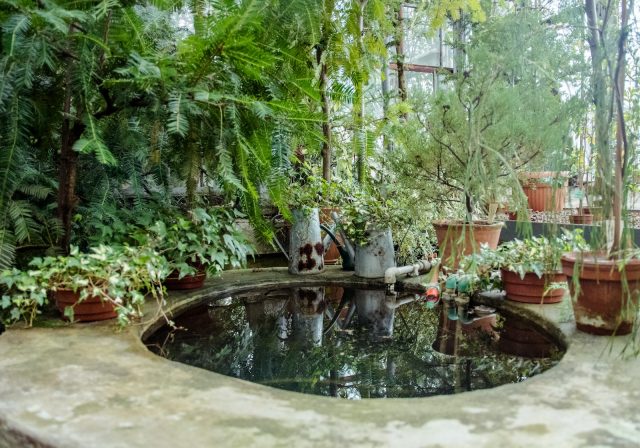Designing a Garden Pond
Creating a garden pond is a great way to introduce a beautiful water feature while adding life and vitality to your outdoor living space. With the right design, materials, and maintenance, you can create a stunningly tranquil pond that will be the centerpiece of your backyard. This article will provide helpful tips and tricks for designing the perfect garden pond for your home.
Step 1: Choose a Location
Designing a garden pond can be an exciting project that adds beauty and tranquility to any outdoor space. The first step in planning a garden pond is to choose a good location for the structure. This decision should be based on the pond’s size, shape, and purpose. When deciding on a location, consider sunlight exposure, drainage issues, safety concerns, and access to water.
Full sun exposure is ideal for most aquatic plants but may not work well if large trees are directly overhead as they will drop leaves into the pond leading to algae growth. Also, consider how much shade you want your fish or other aquatic life to receive during hot summer days. If drainage is an issue around your property, look for areas where water collects naturally or create raised beds with adequate slopes so that excess water can properly drain away from your pond area.
Step 2: Gather Materials
Before you can get started, you must ensure all necessary supplies and materials are collected. Step 2 is gathering all the materials you need for your pond project.
First, you’ll want to determine what type of pond design – from formal or informal styles, waterfall or stream designs – will best suit your landscape. Once you have settled on a style, you’ll need to purchase any special liner that may be required. Additionally, if fish or plants are in the pond, buy appropriate equipment, such as pumps and water filters, for filtration and aeration. You should also pick up tools like shovels and rakes if they are needed for excavation work during construction.
Step 3: Prepare the Area
Designing a garden pond is an exciting yet daunting task. Before you start building and installing the pond itself, it is important to prepare the area. Step 3 in creating a beautiful garden pond involves preparing the space for installation.
The first step in preparing the area is to measure and mark your pond’s location. Make sure you account for any underground pipes or wiring that could be affected by digging into the ground. Once marked, you should remove existing plants or debris from that spot to create a blank canvas for your design plans. The next step is to clear away any rocks, roots, or other obstacles that may impede the construction of the pond structure itself. Finally, use a shovel and rake to level out any dips or bumps present so that your pond will sit evenly when it’s complete.
Step 4: Install and Fill the Pond
Designing a garden pond requires patience and attention to detail. Step 4 of this process is to install and fill the pond. This involves setting up the liner, adding water, filling in any gaps around the edges, and adding plants, fish, or other animals as desired.
Before installation begins, it’s essential to ensure all necessary accessories are ready for use. This includes liners, pumps, and filters – anything required to install your garden pond. Before filling it with water, the liner should be placed over a smooth surface, such as soil or sand. Water can then be added by connecting a hosepipe or through manual carrying. After the pond is filled with water, it’s important to fill in any gaps around the edges with soil or other materials so that nothing leaks.
Step 5: Add Plants and Fish

Designing a garden pond is one of the most rewarding activities a homeowner can take on. Adding plants and fish to the pond can bring it to life, making it an inviting place for both people and wildlife.
When adding plants and fish to your garden pond, properly research which species best suit your climate and the available resources. The right choice of plants will provide fish food and create a beautiful environment year-round. When selecting fish, consider the pond’s size and temperature range so you don’t overcrowd or introduce incompatible species.
You must do your homework before deciding what plants and fish to add so that they will thrive in their new environment! With some careful consideration, adding plants and fish to your garden pond can be an enjoyable experience with stunning results!
Step 6: Maintain Your Pond
Designing a garden pond is an exciting project, bringing beauty and life to any outdoor space. After all the hard work of designing, digging, adding plants, and stocking it with fish, there’s one last step: maintenance. A well-maintained garden pond can bring peace and tranquility to your yard for years.
Maintaining your garden pond requires regular attention but doesn’t need to be complicated. Start by maintaining a healthy water quality balance, including checking pH levels regularly and cleaning out any debris accumulating on the walls or at the bottom of the pond. You’ll also want to keep up with weed control as these can block sunlight from reaching aquatic plants or clog up water filters. Finally, don’t forget about your fish!
Conclusion
Creating a garden pond is a fantastic way to add life and beauty to your outdoor space. With the right tips and tricks, you can design a garden pond that will become the centerpiece of your yard or garden. After following these steps, you’ll have an attractive water feature that adds visual appeal and creates an inviting atmosphere for friends and family.
Whether it’s deciding what type of fish to include in your pond or choosing plants that will thrive in this environment, there are many details to consider when designing a garden pond. It’s important to research local regulations, take care of building materials, plan out all necessary accessories, and determine the best location for your pond before starting construction. With careful planning and attention to detail, you’ll be able create a stunning water feature for years of enjoyment.






























